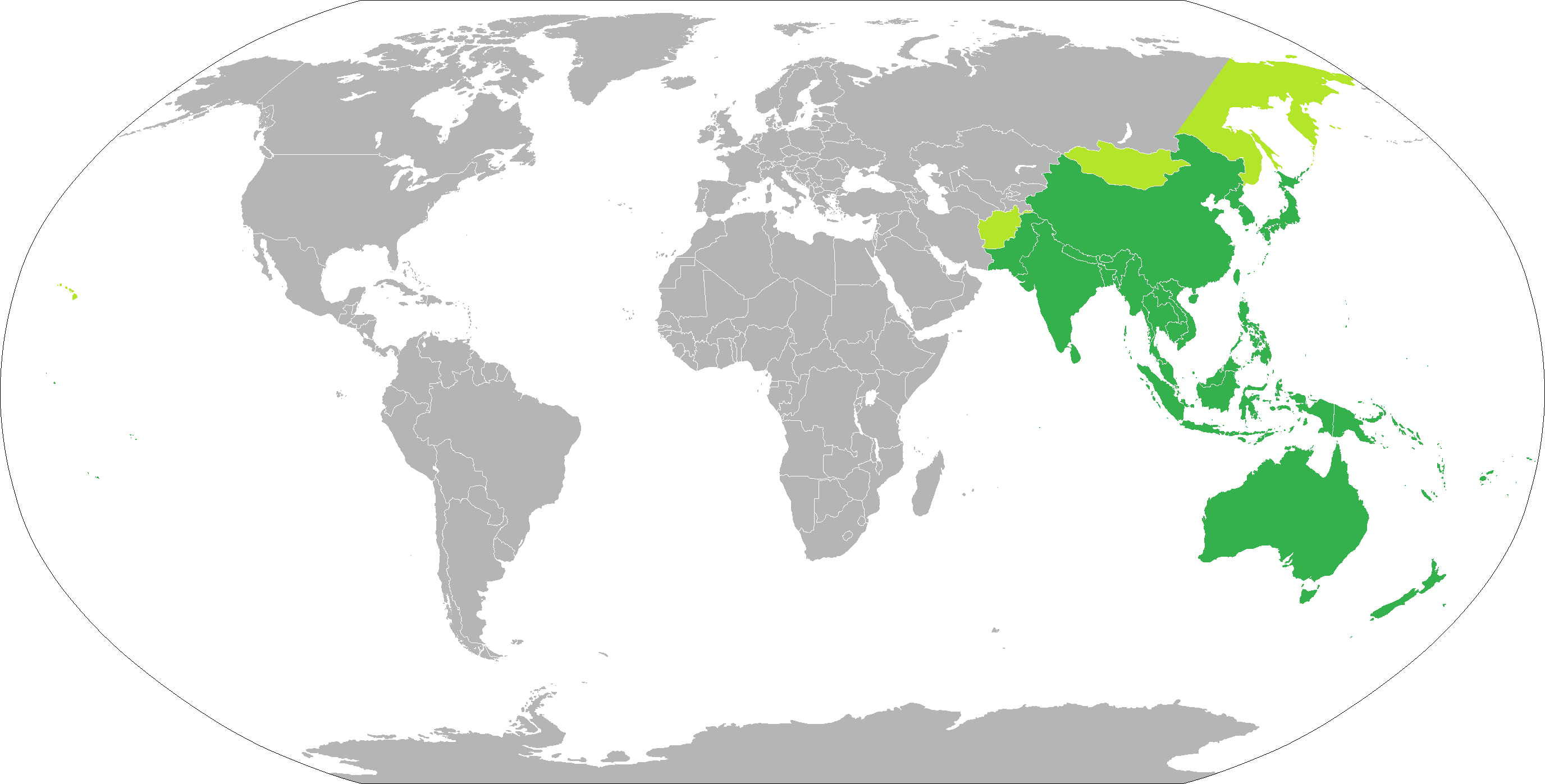7667766266
enquiry@shankarias.in
What is the issue?
What are causes of concern?
Asia-Pacific Region in World map

Is there enough data available?
What is the level of plastic pollution?
What is the impact of unsustainable fishing?
Is there a gap in maritime connectivity?
Why regional data should be collected?
What could be done?
Source: The Hindu
Quick Facts
Economic and Social Commission for Asia and the Pacific (ESCAP)